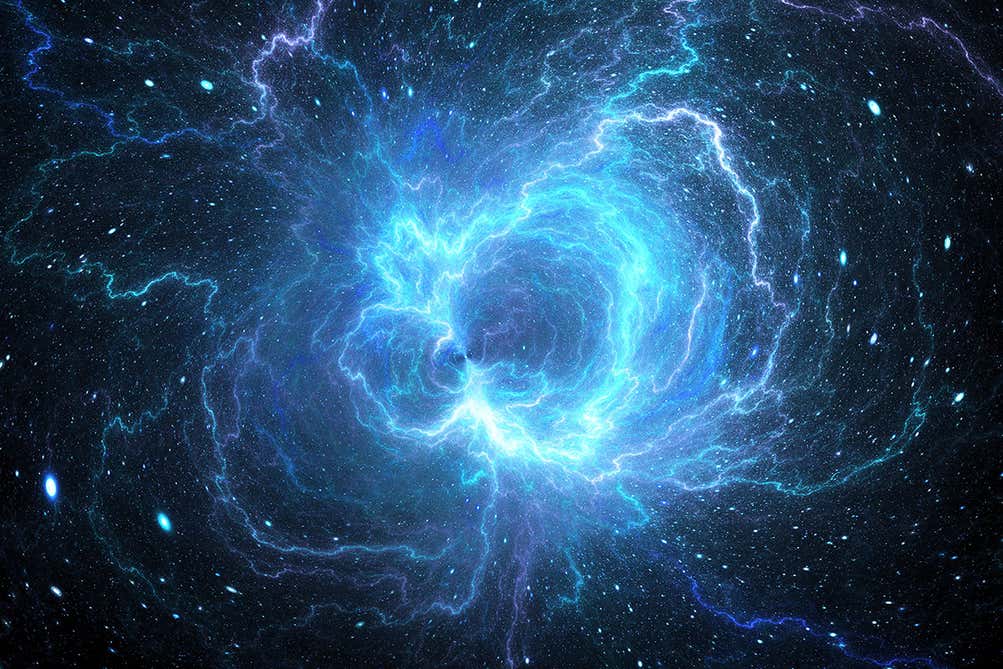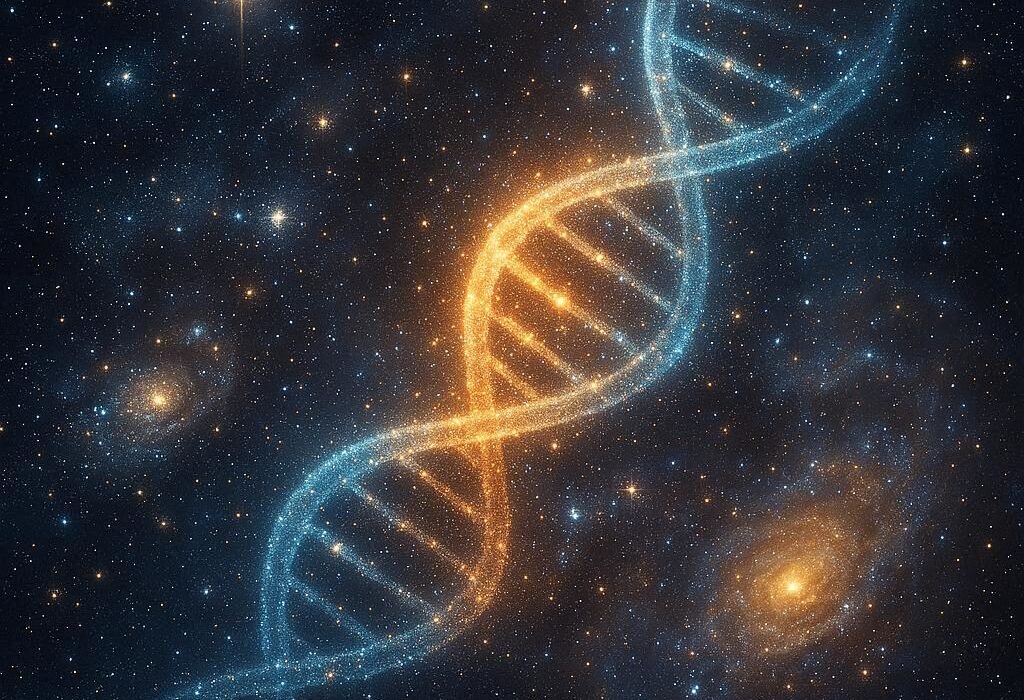From the earliest days of theoretical physics, anti-matter has captivated human imagination. The concept first emerged in 1928 when Paul Dirac formulated equations that suggested the existence of particles identical to electrons but carrying a positive charge. These “positrons,” the first discovered form of anti-matter, were confirmed experimentally in 1932, validating Dirac’s bold theoretical insight. Since that moment, anti-matter has occupied a dual role in science and culture: it is at once a rigorously defined physical entity and the stuff of science fiction dreams.
The allure of anti-matter as a potential power source stems from its extraordinary energy density. When matter and anti-matter meet, they annihilate each other, converting their entire mass into energy according to Einstein’s iconic equation, E = mc². This process releases orders of magnitude more energy than conventional chemical reactions or even nuclear fission. To put it into perspective, a single gram of anti-matter annihilating with a gram of matter would produce energy equivalent to the detonation of a small nuclear bomb. Such power, if harnessed safely and controllably, could revolutionize human civilization, providing propulsion for interstellar travel, ultra-efficient power generation, or even novel defense technologies.
Yet, for all its promise, anti-matter remains elusive. It exists only fleetingly in the natural universe, typically produced in high-energy cosmic events or particle accelerators, and is extraordinarily difficult and expensive to synthesize. The question of whether it could ever become a practical power source is not merely a matter of imagination but one of engineering, economics, and physics itself.
The Physics of Anti-Matter
To understand the potential of anti-matter as a power source, one must first appreciate its fundamental nature. Anti-matter particles mirror their ordinary matter counterparts in mass and spin but possess opposite charge and other quantum properties. For instance, the positron is identical to the electron except that it is positively charged. Similarly, the anti-proton mirrors the proton but carries a negative charge.
When anti-matter encounters matter, their interaction is violent and absolute. The particles annihilate each other, producing photons—often in the form of gamma rays—with energies precisely determined by the mass of the particles involved. Unlike chemical reactions, which liberate only a tiny fraction of mass as energy, annihilation converts the entire mass into energy. This perfect efficiency is both the source of anti-matter’s allure and the root of its technological challenge.
Generating anti-matter is an arduous process. Particle accelerators such as CERN’s Large Hadron Collider can produce anti-protons or positrons by colliding high-energy particles, but yields are minuscule. Producing even a microgram of anti-matter requires vast amounts of electricity and complex apparatus, making current production costs astronomical—trillions of dollars per gram. Furthermore, storing anti-matter is intrinsically difficult because it annihilates immediately upon contact with ordinary matter. Magnetic and electric traps, known as Penning or Paul traps, allow physicists to suspend anti-matter particles in a vacuum, but only in minute quantities.
The Challenge of Storage and Containment
The dream of anti-matter energy hinges not only on production but on containment. Unlike conventional fuels, anti-matter cannot be stored in a tank like gasoline. Contact with any ordinary matter—even the walls of a container—results in instantaneous annihilation. The slightest imperfection or failure in containment could produce a catastrophic release of energy, rendering conventional storage methods useless.
Current solutions rely on electromagnetic confinement. Charged anti-particles, like positrons or anti-protons, can be suspended using intricate arrangements of electric and magnetic fields that keep them from touching matter. Neutral anti-atoms, such as anti-hydrogen, present even greater challenges. Recent experiments have managed to trap small clouds of anti-hydrogen for mere minutes, demonstrating that containment is theoretically possible but far from practical. Scaling these methods to quantities sufficient for energy production presents formidable obstacles. Materials science, cryogenics, and field control all must advance dramatically before anti-matter could be handled in quantities of grams rather than billionths of grams.
The Potential Energy Yield
If these technical barriers could be overcome, the energy potential of anti-matter is staggering. One gram of anti-matter annihilating with matter releases roughly 9 × 10¹³ joules, equivalent to the energy output of a medium-sized nuclear weapon. In theory, anti-matter could power entire cities for days using just milligrams of material, an efficiency unparalleled in human technology.
This extraordinary energy density has profound implications for space exploration. Current chemical rockets are limited by the low energy per unit mass of fuel. Nuclear thermal propulsion improves efficiency but remains constrained. Anti-matter propulsion, by contrast, could provide specific impulses orders of magnitude higher than conventional engines, enabling interplanetary or even interstellar travel within human lifetimes. A spacecraft carrying a few kilograms of anti-matter could, in principle, reach relativistic speeds, reducing travel to nearby stars from millennia to decades.
Technological and Economic Hurdles
Despite its promise, anti-matter remains far from a practical energy source. Current production is limited to nanogram quantities per year, requiring vast facilities and enormous energy input. The cost of scaling production is prohibitive; a gram of anti-matter today would cost more than the global GDP. Even if production challenges were solved, containment remains a critical obstacle. Engineering a safe, reliable anti-matter storage system capable of delivering energy on demand is a problem that pushes the limits of modern physics and materials science.
Furthermore, safety concerns are paramount. Anti-matter annihilation is not easily controllable. A minor breach in containment could produce a catastrophic explosion far surpassing any conventional nuclear device. Any practical system would require redundancies, fail-safes, and robust shielding, adding to the complexity and cost. Political and ethical implications also loom large. The dual-use nature of anti-matter—capable of both power generation and weaponization—raises concerns about proliferation, regulation, and misuse.
Alternative Pathways and Emerging Research
Recognizing these challenges, scientists are exploring hybrid approaches. One avenue involves using anti-matter to trigger nuclear reactions rather than annihilating large quantities directly. In this scheme, minute amounts of anti-matter could catalyze fission or fusion, reducing fuel requirements and offering a more controllable energy release. Another approach examines positron-electron plasmas as energy carriers in high-energy physics experiments or propulsion research.
Research in laser and accelerator technologies also promises incremental advances. Techniques for producing anti-matter more efficiently, such as through photon collisions or novel particle decays, could gradually reduce costs. Similarly, improvements in electromagnetic trapping and ultra-high vacuum systems extend storage times and stability, allowing more prolonged experimentation and energy manipulation.
Even in the near term, anti-matter plays a practical role in medicine. Positron Emission Tomography (PET) scans use short-lived positrons to produce detailed images of metabolic activity in the human body. While not an energy application, this demonstrates that controlled anti-matter interactions are already contributing to human welfare, suggesting that eventual energy applications may follow similar incremental pathways.
Philosophical and Cultural Dimensions
The fascination with anti-matter is not purely technical. It touches the deepest human aspirations, challenging our understanding of reality itself. Anti-matter embodies symmetry and duality, fundamental principles in physics that reveal hidden order in the universe. Its annihilation reactions are, in a sense, the ultimate transformation, converting existence into pure energy, echoing the cycles of creation and destruction that shape the cosmos.
Culturally, anti-matter has captured imaginations from science fiction to public discourse. Star Trek, Dan Brown novels, and countless futuristic scenarios envision anti-matter as both ultimate energy source and ultimate weapon. While such portrayals exaggerate or simplify the physics, they reflect a genuine fascination: the human desire to wield the fundamental forces of the universe in ways that transcend ordinary experience.
The Future of Anti-Matter Energy
Could anti-matter ever become a real power source? The answer is both tantalizing and uncertain. The underlying physics is sound, and experiments demonstrate that production, containment, and controlled interactions are possible on microscopic scales. The challenges are immense, spanning engineering, economics, safety, and ethics. Overcoming these obstacles requires breakthroughs in high-energy particle production, magnetic and electric confinement, material science, and energy economics.
Yet history suggests that seemingly impossible technologies often become feasible through decades of incremental progress. Nuclear power, once a speculative idea, became a practical reality through sustained research and investment. Fusion energy, still elusive, is advancing steadily. Anti-matter, while orders of magnitude more challenging, may one day follow a similar trajectory.
Even if anti-matter never powers cities or rockets, studying it advances fundamental science. The quest deepens our understanding of particle physics, cosmology, and the origins of the universe. Anti-matter experiments probe why the observable universe is dominated by matter despite theoretical predictions of symmetry. They illuminate the mechanisms of cosmic rays, black holes, and the high-energy processes that shape galaxies. In pursuing anti-matter energy, humanity gains insights that extend far beyond practical utility, enriching knowledge for its own sake.
Conclusion: Dreaming of the Impossible
Anti-matter represents the intersection of human curiosity, imagination, and technological ambition. It embodies the ultimate promise of energy: efficiency, potency, and transformation on a scale previously reserved for stars and cosmic events. Yet it also embodies the limits of our current capabilities: scarcity, containment challenges, and prohibitive costs.
To pursue anti-matter energy is to pursue a dream that stretches across the boundaries of science, engineering, and ethics. It demands patience, ingenuity, and caution, balancing aspiration with responsibility. It is a pursuit that, even if never fully realized, exemplifies the human spirit: the drive to understand, to explore, and to convert the most exotic corners of the universe into knowledge and power.
In the end, whether anti-matter fuels humanity’s cities or spacecraft, its study will illuminate our understanding of the cosmos. It will teach us not only about energy but about the profound interplay between matter, antimatter, and the fundamental laws that govern existence. Anti-matter energy remains a tantalizing frontier, a dream hovering at the edge of possibility, inviting humanity to reach ever further, to imagine the unimaginable, and to transform the universe’s hidden potential into light.






